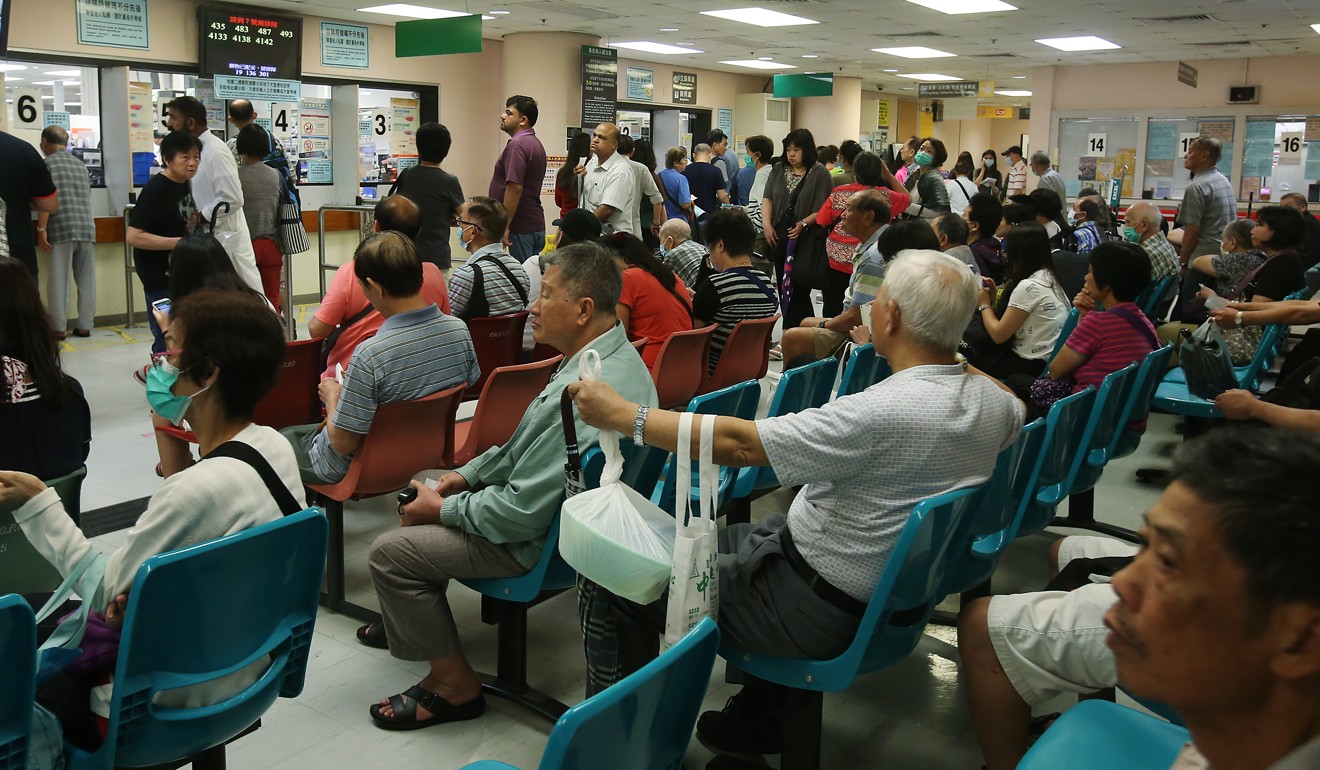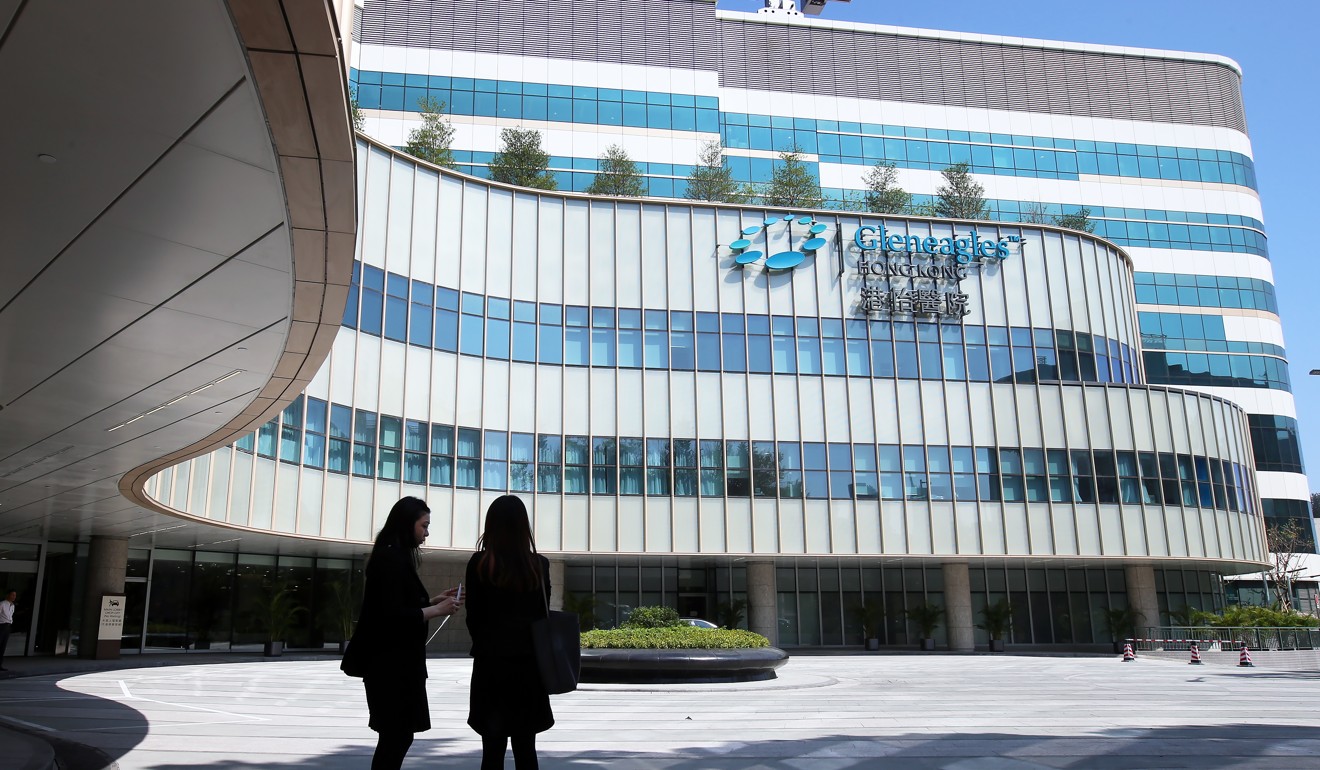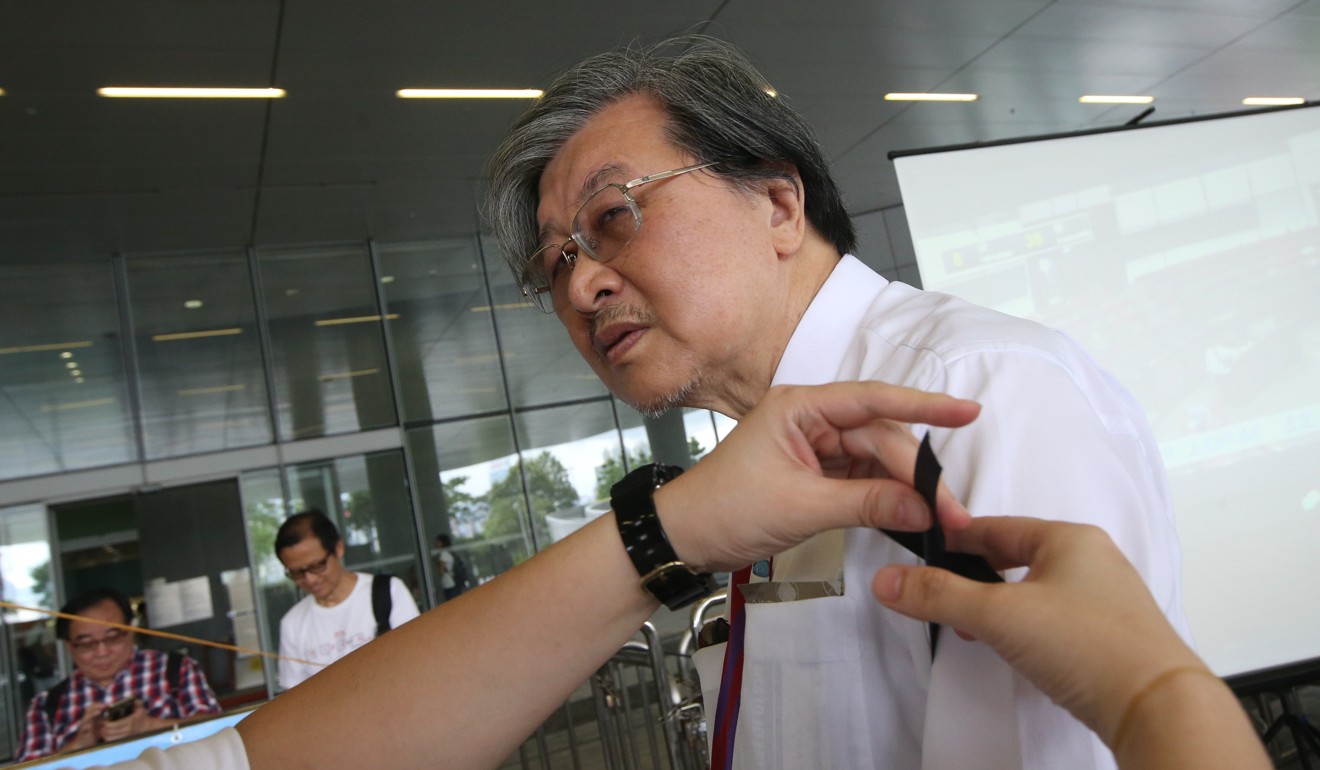
Record-high doctors’ turnover rate of 5.7 per cent in Hong Kong public hospitals worsens manpower shortage issues
Industry insiders call for more public-private partnership and easing of hiring criteria for private and non-local doctors
A record-high number of doctors left Hong Kong’s public hospitals last year with a turnover rate of 5.7 per cent, sparking concerns that existing measures have failed to solve an exodus crisis, the Post has learned.
The current shortfall of more than 250 doctors is partly a result of increasing job opportunities in the more lucrative private market, causing a talent drain in departments that are in urgent need of medical staff, such as emergency and internal medicine.
The worsening manpower shortage also came as public hospitals struggle to cope with the winter surge of flu cases. Two new public hospitals in North Lantau and Tin Shui Wai still cannot expand their services to full capacity and have been offering limited emergency services due to insufficient medical practitioners.

The long-standing problem prompted calls for the government to look into the possibility of hiring doctors from overseas.
“Local doctors should think more deeply about their attitudes against the recruitment of overseas practitioners,” Patients’ Rights Association spokesman Tim Pang Hung-cheong said.

An imbalance exists in the city’s health care system, where the public sector employs 40 per cent of the city’s doctors, while caring for 90 per cent of patients.
During peak periods, doctors must cancel their holidays and work extra shifts, while patients complain of waiting up to 10 hours for emergency services.
With the opening of the private Gleneagles Hong Kong Hospital last year – employing 600 visiting and 50 on-site doctors – the turnover rate in public hospitals hit a high of 5.7 per cent.

That was up from 5.1 per cent the previous year with 255 doctors exiting public hospitals, according to the latest official data. The second highest rate was 5.3 per cent in 2010-2011.
Some worse-hit specialities, such as obstetrics and gynaecology, experienced a higher turnover rate of 9.4.
Internal medicine and emergency units were also particularly short of staff at all times.
Inside Hong Kong’s public hospital crisis: temporary beds, angry patients, nurses and doctors stretched to breaking point
In addition, a growing number of experienced senior doctors are due to retire in the coming years. Last year, 54 called it a career, and the previous year, 45.
More medical graduates will not solve the problem immediately. While more than 400 doctors are graduating every year – up from the previous 250 before 2014 – they usually need another seven years of training to become a specialist.
If the Hospital Authority really wants the help of private doctors to ease the shortage, they should have more friendly measures to encourage us
The shortage is worsening despite the Hospital Authority’s efforts to recruit private doctors and retirees to work part-time as both programmes received a lukewarm response from practitioners.
Under a special scheme funded with HK$570 million from 2015 to 2018 to employ retirees, only 29 retired doctors have been hired as part-timers, down from 45 the previous year.
Private doctors have also been asked to help, but only 10 have been hired as part-timers since the winter surge last month, according to the authority.
“If the Hospital Authority really wants the help of private doctors to ease the shortage, they should have more friendly measures to encourage us,” Dr Gabriel Choi Kin, president of the Medical Association, said.
Choi said he was disappointed with the low intake rate despite the doctors’ group having referred 27 private doctors who were willing to help. Only nine have been employed by the authority.
“With such a severe shortage, public hospitals are still turning down help from these private doctors, citing failure to meet hospital requirements. But they never told us what the requirements were.”
Another measure initiated by the authority allows non-local doctors to work under a one-year contract. But the move only pulled in 12 practitioners as the qualifying terms were said to be too harsh.

Pang also said more foreign doctors should be employed to help, but he described the suggestion as controversial among local practitioners who were concerned about standards of service, especially by their counterparts from the mainland.
He said the authority should expand its public-private partnership programme, under which public patients are subsidised to see private doctors.
An authority spokesman said it earmarked HK$321 million a year to attract and retain health care professionals over the past three years. The authority would continue recruitment to further boost manpower and improve staff retention.

